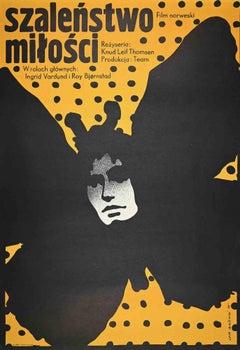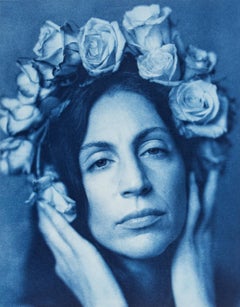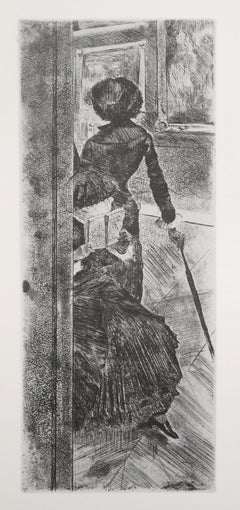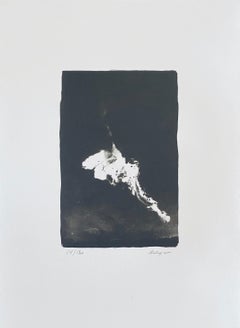Art by Medium: Photogravure
1990s Contemporary Art by Medium: Photogravure
Photogravure
1970s Contemporary Art by Medium: Photogravure
Photogravure
1920s Symbolist Art by Medium: Photogravure
Paper, Photogravure
1990s Contemporary Art by Medium: Photogravure
Photogravure
1970s Impressionist Art by Medium: Photogravure
Photogravure
1990s Contemporary Art by Medium: Photogravure
Photogravure
1930s Expressionist Art by Medium: Photogravure
Paper, Photogravure
1990s Contemporary Art by Medium: Photogravure
Photogravure
1990s Contemporary Art by Medium: Photogravure
Photogravure
1920s Photorealist Art by Medium: Photogravure
Photogravure
20th Century Abstract Art by Medium: Photogravure
Photogravure
21st Century and Contemporary Contemporary Art by Medium: Photogravure
Photogravure
Late 20th Century Contemporary Art by Medium: Photogravure
Aquatint, Photogravure
Contemporary Art by Medium: Photogravure
Photogravure
1970s Contemporary Art by Medium: Photogravure
Photogravure
Early 20th Century Modern Art by Medium: Photogravure
Photogravure
19th Century Contemporary Art by Medium: Photogravure
Paper, Aquatint, Photogravure
1980s Contemporary Art by Medium: Photogravure
Photogravure
1970s Modern Art by Medium: Photogravure
Photogravure
1920s Modern Art by Medium: Photogravure
Etching, Aquatint, Photogravure
1910s Symbolist Art by Medium: Photogravure
Photogravure
Mid-20th Century Contemporary Art by Medium: Photogravure
Photogravure
1970s Conceptual Art by Medium: Photogravure
Etching, Photogravure
1920s Art by Medium: Photogravure
Photogravure
2010s Contemporary Art by Medium: Photogravure
Engraving, Photogravure
1910s Expressionist Art by Medium: Photogravure
Photogravure
1970s Modern Art by Medium: Photogravure
Photogravure
1970s Art by Medium: Photogravure
Photogravure
1970s Modern Art by Medium: Photogravure
Photogravure
Early 20th Century Modern Art by Medium: Photogravure
Engraving, Photogravure
Early 2000s American Realist Art by Medium: Photogravure
Photogravure
1920s Art by Medium: Photogravure
Photogravure
2010s Romantic Art by Medium: Photogravure
Photogravure
Early 20th Century Academic Art by Medium: Photogravure
Photogravure
1970s Conceptual Art by Medium: Photogravure
Etching, Photogravure
21st Century and Contemporary Pop Art Art by Medium: Photogravure
Photographic Paper, Archival Paper, Photogravure, Archival Pigment
1920s Photorealist Art by Medium: Photogravure
Photogravure
1920s American Realist Art by Medium: Photogravure
Photogravure
2010s Romantic Art by Medium: Photogravure
Photogravure
1920s Art by Medium: Photogravure
Photogravure
1910s Expressionist Art by Medium: Photogravure
Photogravure
1920s Art by Medium: Photogravure
Photogravure
1920s Art by Medium: Photogravure
Photogravure
1670s Surrealist Art by Medium: Photogravure
Engraving, Photogravure
Early 20th Century Modern Art by Medium: Photogravure
Engraving, Photogravure
1970s Conceptual Art by Medium: Photogravure
Etching, Photogravure
1970s Conceptual Art by Medium: Photogravure
Etching, Photogravure
1940s Surrealist Art by Medium: Photogravure
Photogravure
Early 20th Century Modern Art by Medium: Photogravure
Engraving, Photogravure
1970s Modern Art by Medium: Photogravure
Photogravure
1910s Other Art Style Art by Medium: Photogravure
Photogravure
1970s Impressionist Art by Medium: Photogravure
Photogravure
1970s Impressionist Art by Medium: Photogravure
Photogravure
1970s Modern Art by Medium: Photogravure
Photogravure
1970s Modern Art by Medium: Photogravure
Photogravure
1940s Art by Medium: Photogravure
Photogravure
1980s Modern Art by Medium: Photogravure
Archival Paper, Photogravure
1920s Art by Medium: Photogravure
Photogravure
1940s Art by Medium: Photogravure
Photogravure
2010s Contemporary Art by Medium: Photogravure
Photogravure





